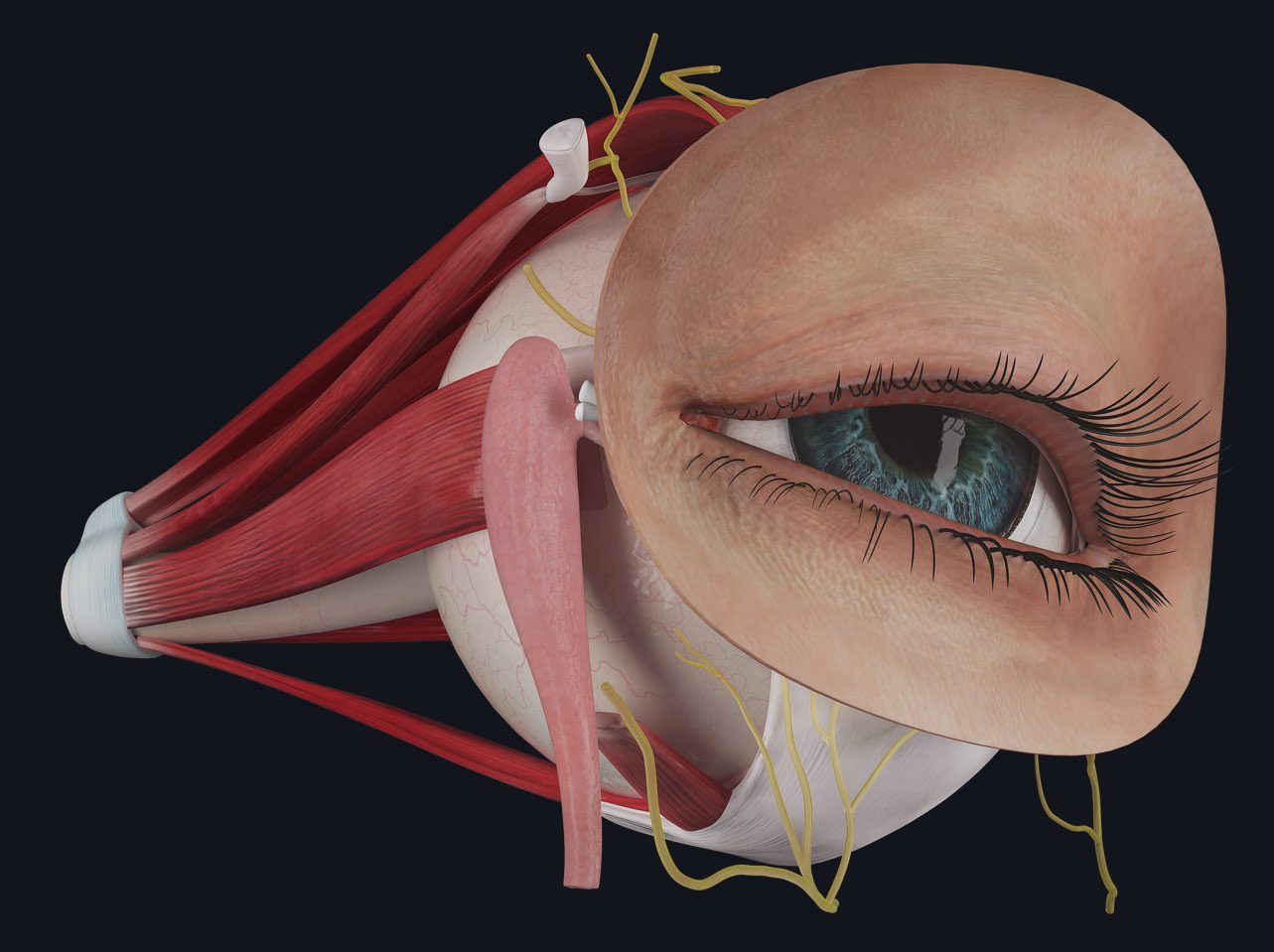
Refractive surgery has changed how people see the world, literally. This medical procedure corrects vision problems like nearsightedness, farsightedness, and astigmatism. But what exactly is refractive surgery? Refractive surgery refers to various methods used to improve the eye's focusing ability by reshaping the cornea or implanting a lens inside the eye. Popular types include LASIK, PRK, and SMILE. These surgeries offer a chance to ditch glasses or contact lenses. But how effective are they? What risks come with them? And who is a good candidate? Understanding refractive surgery can help you make informed decisions about your eye health. Let's explore 28 facts that shed light on this fascinating field.
What is Refractive Index?
The refractive index is a measure of how much light bends when it enters a material. It’s a fundamental property in optics and plays a crucial role in lenses, glasses, and even our eyes.
- The refractive index of a material is calculated by dividing the speed of light in a vacuum by the speed of light in the material.
- Air has a refractive index close to 1, meaning light travels almost as fast in air as it does in a vacuum.
- Water has a refractive index of about 1.33, which is why objects appear bent or distorted when submerged.
- Diamond has a high refractive index of 2.42, contributing to its sparkling brilliance.
- The refractive index can change with temperature, pressure, and wavelength of light.
Historical Context of Refractive Index
Understanding the refractive index has a rich history, dating back to ancient times. Early scientists made significant contributions to this field.
- The concept of refraction was first studied by ancient Greek philosophers like Ptolemy.
- Ibn Sahl, a Persian scientist, wrote about the law of refraction in 984 AD.
- Willebrord Snellius, a Dutch mathematician, formulated Snell's Law in 1621, which describes how light bends when it passes through different media.
- Isaac Newton used the refractive index to support his theory of light and color in the 17th century.
- The refractive index was crucial in the development of early telescopes and microscopes.
Applications in Everyday Life
The refractive index isn’t just a scientific curiosity; it has practical applications that affect our daily lives.
- Eyeglasses and contact lenses use materials with specific refractive indices to correct vision.
- Fiber optics rely on the refractive index to transmit data over long distances with minimal loss.
- Cameras use lenses with different refractive indices to focus light and capture clear images.
- The refractive index is used in the design of anti-reflective coatings for glasses and screens.
- It plays a role in the creation of holograms and other optical illusions.
Refractive Index in Nature
Nature itself showcases fascinating examples of the refractive index at work.
- Rainbows are formed due to the refraction and dispersion of light in water droplets.
- Mirages occur when light bends due to temperature gradients in the air, creating the illusion of water on the road.
- The sparkle of a diamond is enhanced by its high refractive index, which bends light multiple times within the gem.
- The blue color of the sky is partly due to the scattering of light, which involves changes in the refractive index of air molecules.
- Animals like the mantis shrimp have complex eyes that utilize refraction to see polarized light.
Measuring Refractive Index
Various methods exist to measure the refractive index, each with its own set of tools and techniques.
- A refractometer is a device used to measure the refractive index of liquids and solids.
- The Abbe refractometer is commonly used in laboratories to measure the refractive index of liquids.
- Interferometry is a technique that uses the interference of light waves to measure the refractive index with high precision.
- The critical angle method involves measuring the angle at which light is totally internally reflected within a material.
- Spectroscopy can also be used to determine the refractive index by analyzing how light interacts with a material.
Fun Facts About Refractive Index
Here are some interesting tidbits that highlight the quirky side of the refractive index.
- The refractive index of a vacuum is exactly 1, as light travels at its maximum speed in a vacuum.
- Some materials, like metamaterials, can have a negative refractive index, bending light in unusual ways.
- The refractive index of a material can be engineered to create invisibility cloaks, a concept straight out of science fiction.
Final Thoughts on Refractive Index
Understanding the refractive index opens up a world of fascinating insights into how light interacts with different materials. From everyday objects like water and glass to advanced applications in fiber optics and lenses, this concept plays a crucial role. Knowing how light bends and changes speed can help in designing better optical devices, improving communication technologies, and even enhancing medical imaging techniques.
Whether you're a student, a science enthusiast, or just curious, grasping the basics of refractive index can enrich your appreciation for the wonders of light. So next time you see a straw appear bent in a glass of water, you'll know the science behind it. Keep exploring, keep questioning, and let your curiosity guide you through the intriguing world of physics.
Was this page helpful?
Our commitment to delivering trustworthy and engaging content is at the heart of what we do. Each fact on our site is contributed by real users like you, bringing a wealth of diverse insights and information. To ensure the highest standards of accuracy and reliability, our dedicated editors meticulously review each submission. This process guarantees that the facts we share are not only fascinating but also credible. Trust in our commitment to quality and authenticity as you explore and learn with us.
